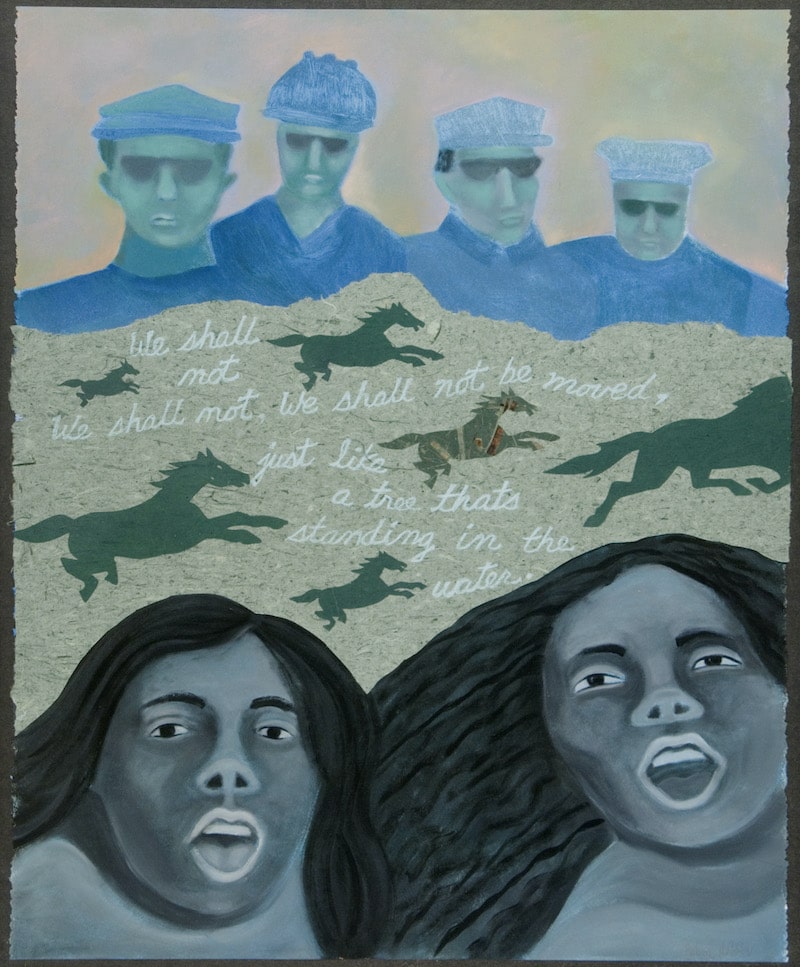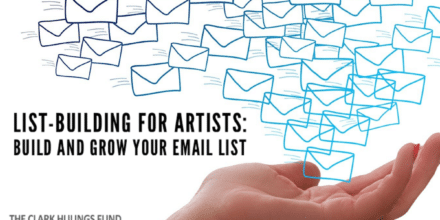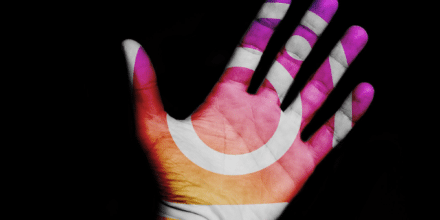
Black Lives Matter. As we continue to engage in an essential dialogue about Civil Rights, at CHF, we’re also thinking about how this conversation applies to the art and business worlds. How does economic inequality play out in the arts ecosystem? Given that the kind of entrepreneurial training we do at CHF represents part of the solution, how can we address the specific entrepreneurial challenges involved in overcoming systemic racism?
In the business world in general, The Case Foundation cites that only 1% of Venture Capital-based businesses have an African American founder, and yet companies in the top percentages for racial and ethnic diversity are 35 percent more likely to have better financial returns than national industry medians. The existing research in Inclusive Entrepreneurship shows us that there are still gaps between merit and opportunity. This makes sense given the wildly inequitable historical precedent that caused this, but as Americans, we’re often slow to realize that as much as we value being self-made, it’s hard to pull yourself up by your own bootstraps if you have no boots. That argument has a limit. We have a cultural mystique about who an entrepreneur is, and that their accomplishments somehow exist independently of who we are collectively: which families inherit wealth and own property, qualify for loans and mortgages, have access to education, clean water and food, health care, safety, self-worth, networks, and respect from other people…these matter profoundly. Class mobility is definitely possible in our society and hard work can be a key factor, but it’s a steep slope, and the more privilege built into our circumstances and racial and gender identities, the more we tend to fail to see the slope.
And then there are the specific ways that artists enter the conversation. Artists are in a unique position to innovate, to show us their perspectives, and to give voice to their experiences. How are BIPOC (Black, Indigenous, and People of Color) artists leading the dialogue, and how can we best amplify their work to ensure it reaches its target audience? We can teach artists the business skills to ensure that their careers are successful and sustained over their lifetimes—and to put themselves and their own vision at the center of their strategy rather than waiting for the endorsement and support of a gatekeeper.
Artists continue to be visible advocates for social justice. Black muralists and illustrators are creating art that is alive in the spotlight of outdoor spaces and social media, showing artists’ ability to teach, challenge, and heal. The controversy over confederate and colonial sculptures is an incredible testament to the power of representation, reminding us of art’s influence over how we perceive our history. When those statues come down, what art, and whose perspectives and agendas will be represented? What does this next group of artists have to say to us about where we’re headed?
There is huge potential in this moment for artists to partner with communities to guide us as we move forward. Read Elizabeth Hulings’ latest Director’s View “Creativity is Leading the Way” with co-author Penelope Thomas, with our thanks to CHF Art-Business Accelerator Fellow Artist Robin Holder—who is most definitely leading the way!—for the use of images of her work.







